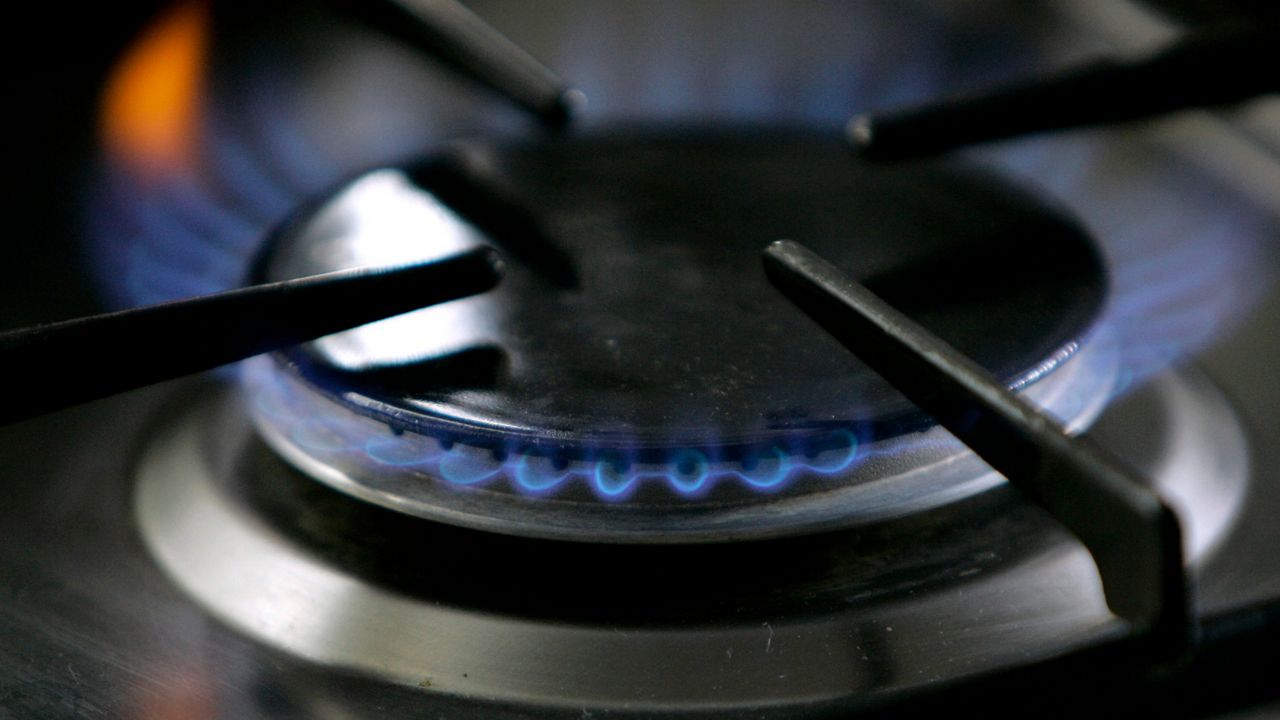LOS ANGELES — Transportation is the largest single contributor to smog-forming pollution, according to the California Air Resources Board, but another, lesser-known culprit is sitting inside most people’s homes. Gas-powered heaters, hot water heaters and stoves emit almost two-thirds as much nitrogen oxide pollution as the state’s 16 million passenger cars, according to a new report from the Sierra Club.
“Gas appliances in homes are pollution machines, but because appliance pollution is invisible when it is vented outside, many Californians are completely unaware that their gas furnaces, water heaters and stoves are contributing to our state’s smog crisis,” Sierra Club Senior Energy Campaigns Representative Melissa Yu said in a statement Tuesday.
Gas appliances contribute to smog because they emit nitrogen oxide, or NOx. When vented outside from a home or business, NOx reacts with volatile organic compounds in the air and sunlight to form ozone, which is the main ingredient in smog.
The Los Angeles-Long Beach area ranks first in the nation for worst ozone pollution, according to the American Lung Association’s annual state of the air report. Five other California cities also rank in the top 10, including Bakersfield, San Diego and Sacramento.
In May, the California Air Resources Board released a draft update for its plan to reduce greenhouse gas emissions in the state. That plan calls for aggressively reducing the amount of natural gas used for energy and heating, and replacing it almost entirely with renewably generated electricity.
If approved, the plan would ban the sale of natural gas appliances for new homes by 2026 and for new businesses by 2029 as the state seeks to reduce its use of petroleum products 90% by 2045.
In Los Angeles, the South Coast Air Quality Management District has proposed zero or near-zero NOx for gas furnaces, water heaters, stoves and other appliances beginning in 2029 for residential buildings and in 2031 for commercial buildings. A final version of that plan is expected this fall.
The Sierra Club partnered with two other groups for the Gas Appliances and Smog study. SPUR is a nonprofit public policy group focused on solving large-scale city problems. RMI is a nonprofit working to transform global energy systems to reduce greenhouse gas emissions. In place of gas appliances for space and water heating, the groups are advocating for electric heat pumps, which can also be used to cool homes.
Heat pumps use electricity to transfer the heat from a cool space to a warm space, making the cool space cooler and the warm space warmer, according to the U.S. Department of Energy. They are an energy-efficient alternative to furnaces and air conditioners because they transfer heat instead of generating it.
“Gas appliances in homes are low-hanging fruit in our efforts to clean up air quality because the technology solution — the electric heat pump — is readily available and also advances key climate-resiliency needs like expanding access to cooling and clean air in homes,” said SPUR Sustainability and Resilience Policy Director Laura Feinstein.
Because heat pumps can be more expensive than traditional HVAC systems, the Inflation Reduction Act President Joe Biden signed last month includes various rebates to help Americans replace gas-powered appliances with ones that use electricity. Those rebates include $840 for an electric stove or electric heat pump clothes dryer, $1,750 for a heat pump water heater and $8,000 for a heat pump that cools and heats homes.



